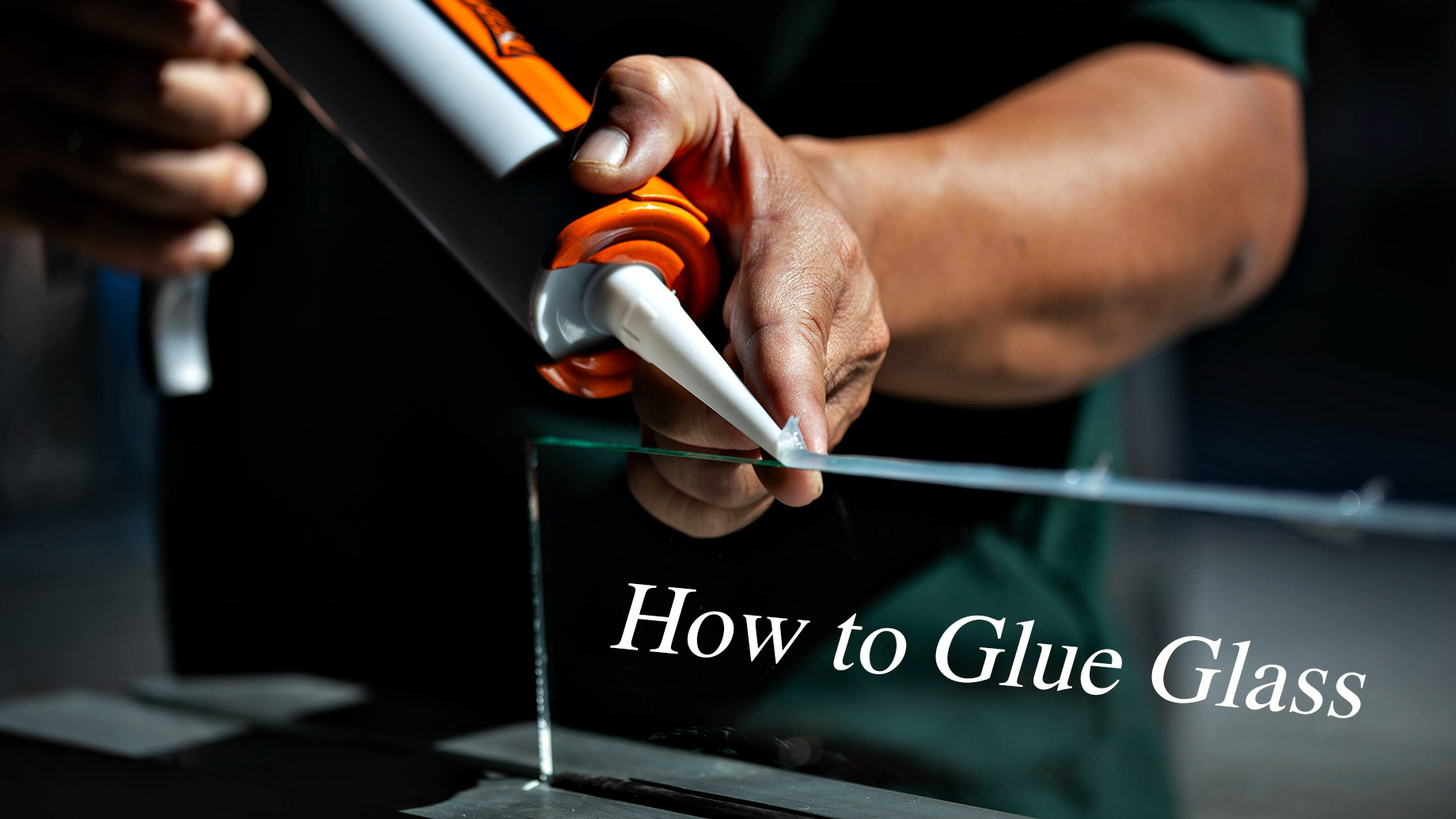
Glass is notoriously fragile and, in most cases, impossible to repair. We can, however, use glass adhesive to resurrect and restore the functionality of your prized glass item. Glass glue, unlike other adhesives, does not require roughening or texturizing of the bonding surfaces. These adhesives are ideal for gluing glass because they are extremely effective despite their smooth surface.
It’s not always easy to find the best glass glue. Each situation has its own set of circumstances that you can assess and compare to the information provided by the glass adhesive manufacturer with the help of Glass Glue Guide from fluid-painting.com. Glass adhesive can not only be used to bond glass surfaces but can also be used to join glass to wood or metal.
A Step-by-Step Guide
1. Surface Preparation
Glass-to-glass gluing is a delicate process in which fragmented glass shards can cause a variety of issues. You can start cleaning and preparing the glass surface for adhesion once you have all the necessary pieces.
Each surface you’ll be working with will need to be thoroughly cleaned and degreased. Start by cleaning the glass with warm water and dishwashing liquid before using spirits or acetone. After cleaning the surfaces, avoid touching them with your bare hands to avoid leaving oil traces and repeat the cleaning process. The glue’s adhesion will be reduced if there is any grease or dirt present.
2. Glass Bonding in Action
Begin applying the glue, being careful not to apply too much to each surface, as this will cause the adhesive to flow out of the join as you place each piece. In most cases, only one of the adjoining surfaces needs to be coated, but check the product information. The curing time will be specified in the product information, but it’s always a good idea to let the adhesive cure for longer than recommended.
3. Adhesive Residues Must Be Removed
To gently wipe away any traces of excess adhesive, use a paper towel or a piece of newsprint. Rep with the adhesive nozzle to ensure the lid isn’t permanently stuck on the next time. You can also start cleaning up the area around your workspace.
To remove dry glue from any surface, use an edged tool such as a razor blade, scalpel, or oven scraper. Once you’ve scraped away all traces of glue, wipe the glass down again to make sure it’s completely clean.
Factors for Applying Glass Glue
Glass glue comes in a variety of shapes and sizes. Examine the critical factors to consider when applying them!
Silicone
It is also widely used in construction because of its ease of application and long durability. This multi-purpose adhesive is ideal for use in aquariums and terrariums with glass tanks. It is beneficial in moist or high-humidity environments, but fungicidal agents are toxic to animals and aquatic life.
Food-Safe Glass Adhesives
Glass glue products that are food-safe are generally non-toxic, have a heat resistance of -50 to 120°C, are dishwasher-safe, and are resistant to oils, weaker alkalis, and fats. UV adhesives can also be used in applications that require hygienic solutions, which means they should be toxin-free and environmentally friendly from the start.
UV-Adhesive
This type of adhesive is available in both high and low fluidity versions, making it suitable for use almost anywhere. UV glass glue has a high heat and water resistance. The formula can be used for large-scale repairs as well as finer, more detailed repairs. UV adhesive is commonly used in furniture and the repair of clear glass, but it can also affix glass to metal. After you’ve finished applying it, UV light from a natural or artificial light source is required to cure it.
Epoxy Adhesive
Epoxy adhesives can be used with various materials, including metals, glass, stone, and a variety of plastics. It’s important to remember that dual-component adhesives aren’t ideal for glass bonds with large surface areas. Once the resin and hardening agent are mixed, the dual-component adhesive will begin to set. Once the adhesive is completely dry, it can be applied and finished with tools.
PU Adhesives
Polyurethane glue is a versatile adhesive that can be used in a variety of applications. It is available in single and dual-component versions and can be used to join small items and larger surface area applications. Filling and coloring agents can also be added to PU adhesives. Different reagents, such as inhibitors or accelerants, can be added to PU adhesives to reduce or increase curing times, respectively.
Wrapping up
Working with glass fragments can be dangerous, so use medical tape to protect your fingers. Ensure that your work area is protected from any spills or residue droplets that may occur during the application process.
You can also refer to Glass Glue Guide from fluid-painting.com.